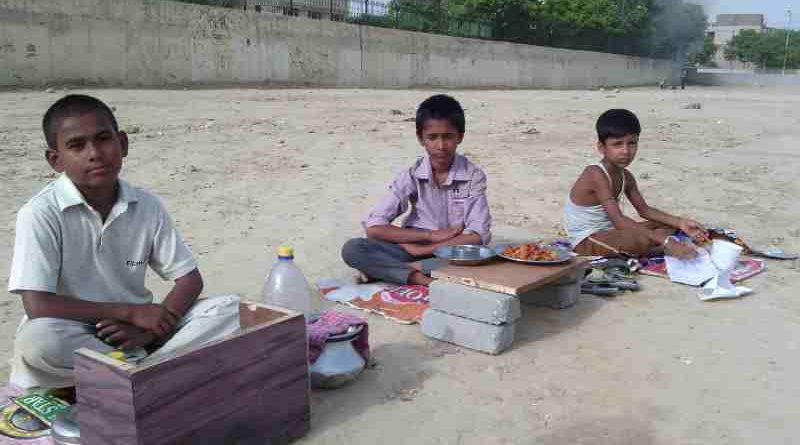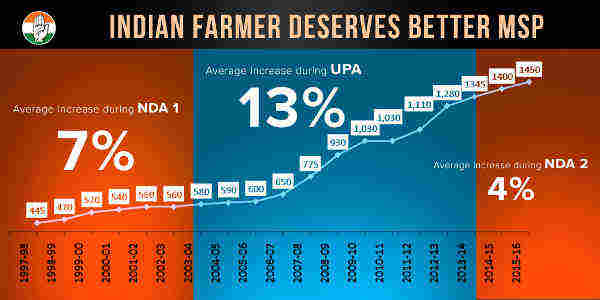World Bank Puts India at Low Rank of 115 on Human Capital Index

While the Government of India headed by Prime Minister Narendra Modi is fully responsible for the poor rank of India on World Bank’s Human Capital Index, the government has decided to ignore the Index.
The World Bank released Thursday a Human Capital Index (HCI) as part of the World Development Report 2019. The HCI measures the amount of human capital that a child born today can expect to attain by age 18.
Constructed for 157 countries, it conveys the productivity of the next generation of workers compared to a benchmark of complete education and full health.
India’s rank at 115 is worse than Bangladesh, Nepal, Myanmar, and Haiti. The report says a child born in India today will be 44 percent as productive when she grows up as she could be if she enjoyed complete education and full health.
The report has raised some serious concerns about the quality of school education in India. According to the report, children in India can expect to complete 10.2 years of preprimary, primary and secondary school by age 18. However, it says, when years of schooling are adjusted for quality of learning, this is only equivalent to 5.8 years: a learning gap of 4.4 years.
The Index is based on five indicators: the probability of survival to age five, a child’s expected years of schooling, harmonized test scores as a measure of quality of learning, adult survival rate (fraction of 15-year olds that will survive to age 60), and the proportion of children who are not stunted.
[ Click here to see more troublesome data on India ]
Globally, according to the report, 56 percent of all children born today will grow up to be, at best, half as productive as they could be; and 92 percent will grow up to be, at best, 75 percent as productive as they could be.
The report says 38 out of 100 children are stunted, and so at risk of cognitive and physical limitations that can last a lifetime.
The Human Capital Project seeks to raise awareness and increase demand for interventions to build human capital. It aims to accelerate better and more investments in people.
The Project has three elements (i) the Human Capital Index, (ii) a program to strengthen research and measurement on human capital; and (iii) support to countries to accelerate progress in raising human capital outcomes.
💛 Support Independent Journalism
If you find RMN News useful, please consider supporting us.




